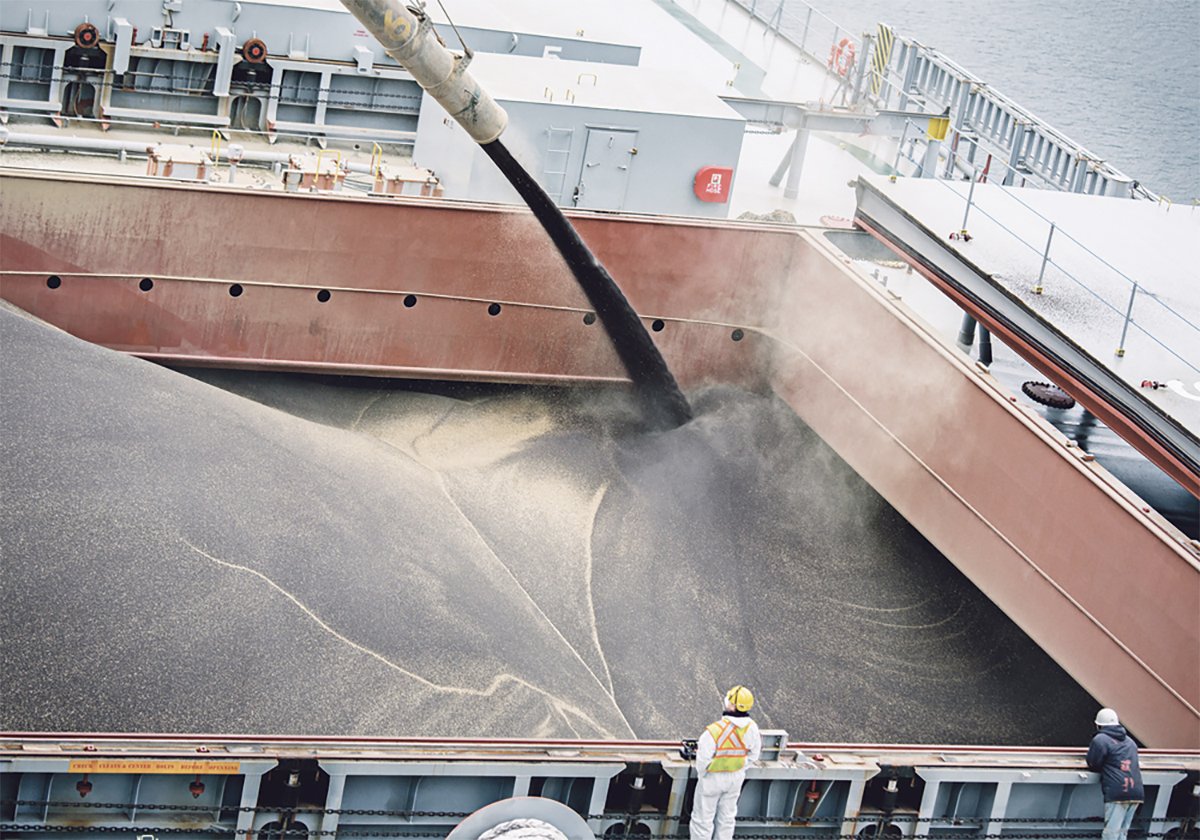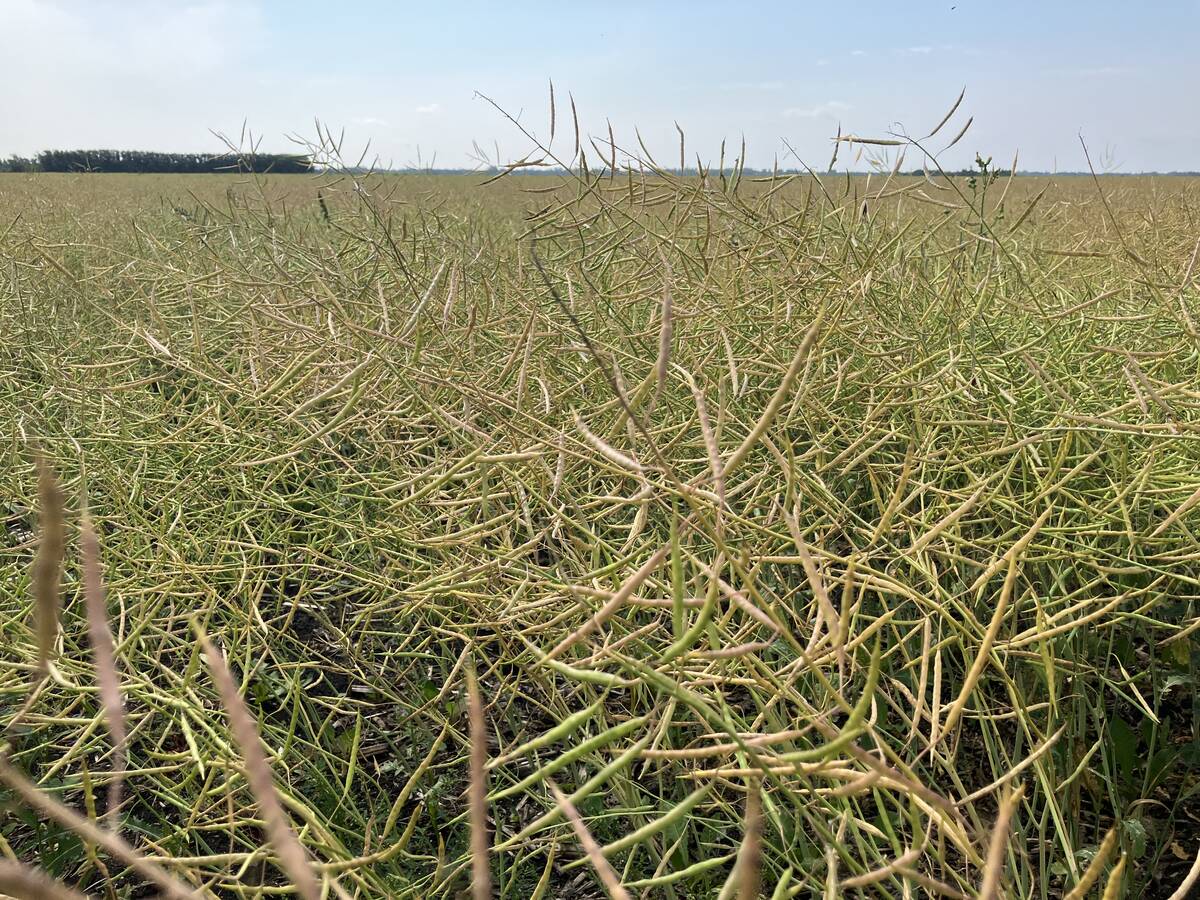As official estimates show an ample and price-depressing supply of grain and oilseeds being harvested in North America, it is imperative to restore access to China’s market.
Tentative steps to find common ground have been taken, but efforts should redouble with the goal of making measurable progress by the time of the Asia-Pacific Economic Cooperation (APEC) summit, set for Oct 31 to Nov. 1 in Seoul, South Korea.
Chinese president Xi Jinping, U.S. president Donald Trump and Canadian prime minister Mark Carney are all expected to be at the meeting, creating an opportunity for face to face meetings.
Read Also

Exports off to a slow start after last year’s torrid pace
Canadian grain, oilseed and pulse exports are off to a slow start, but there are some bright spots, according to the Canadian Grain Commission’s most recent weekly export data report.
I would be very surprised if the tariff wars end at that meeting, but it would be most welcome if the meeting could kick start dialogue at the highest government-to-government level to resolve differences.
China’s trade-stopping tariffs on canola seed and products are certainly top of mind for Canadian crop farmers, and we can’t forget China’s tariffs on peas, pork and seafood.
In the first six weeks of the new crop year, canola seed exports stood at only 575,000 tonnes, down from 1.45 million at the same time last year, due mostly to the lack of Chinese demand.
The slow exports are putting downward pressure on canola’s price, but that is not the only reason.
Soybeans and their products are also pressured because the Chinese are not buying from the United States due to the American tariffs on a range of Chinese products.
Oilseed prices are also weakened by expectations of ample harvests.
Statistics Canada’s current forecast of canola production is slightly more than 20 million tonnes, the most since 2018.
The all wheat forecast, excluding durum, is for 30.1 million tonnes, the most since the record of 31.1 million set in 2013.
The U.S. Department of Agriculture’s September supply and demand report forecast the American soybean average yield at a record 53.5 bu. per acre.
The production forecast is 138.39 million tonnes, down only slightly from last year despite an almost seven per cent decline in seeded area.
Soybeans directly affect canola prices, but the overall crop market is also strongly influenced by the American corn crop.
The USDA’s forecast for corn production is at a record, bin-busting 427.11 million tonnes, thanks to record high acreage and yields.
It also forecasts a record wheat yield of 52.7 bu. per acre, making up for reduced acreage and leading to the most U.S. wheat supply since 2020.
Given the big crops, obviously it would be great if China, the largest crop buyer in the world, would reopen its markets to North American grain.
China is concerned about U.S. and Canadian 100 per cent tariffs on Chinese electric vehicles and significant tariffs on steel and aluminium.
Trump also threatens 145 per cent tariffs on all Chinese goods, but keeps putting them off for 90 day pauses and is instead levying a 30 per cent tariff. The latest pause expires Nov. 12.
On Sept. 19, Trump and Xi in a telephone conversation agreed to the summit meeting at the APEC conference at the end of October.
Trump and his administration have also been negotiating a sale to American interests of the Chinese-owned social media platform TikTok.
That took up a lot of the news reporting that week about the China-America relationship, but the fact that the two world leaders will meet face to face will put extra pressure on lower level trade negotiators to come up with an agreement or at least a serious framework toward agreement so that Xi and Trump can declare success or an achievement in Seoul.
I hope that any agreement will be broader than the Chinese simply buying Boeing aircraft, which is a headline as I write this column.
Trump has also agreed to go to China in 2026 for a state visit, so that will also increase pressure to get some sort of agreement so he can claim victory.
I’m talking a lot about the U.S.-China relationship and not Canada-China, but if there was a breakthrough and China started buying American soybeans again, that would lift soy values, which would in turn support canola.
The path toward improved Canada-China relations is more difficult.
Canada simply doesn’t have the international weight to demand top level Chinese attention.
The meetings that Saskatchewan premier Scott Moe and parliamentary secretary Kody Blois had in China were valuable, but not considered high level. However, Moe believes China is open to more dialogue.
Federal ministers of industry, international trade and agriculture and their staff should be engaging with their Chinese counterparts to find what a path forward to resolution would look like so that prime minister Carney and the Canadian government can develop a clear negotiating position for president Xi.

















